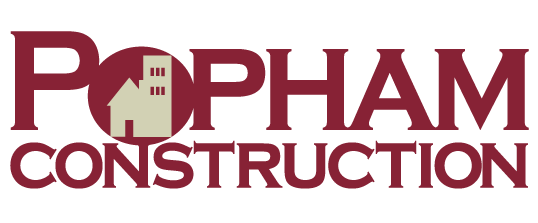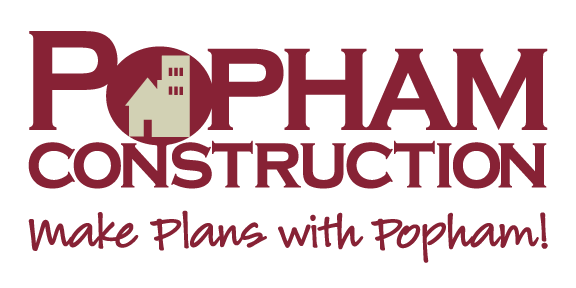Serious chefs often prefer gas for the quick response and visual confirmation of a flame. But electric elements generally heat faster and maintain low heat more precisely. Dual-fuel ranges combine a gas cooktop with an electric oven. You’ll also find induction ranges, which use an electromagnetic field to heat the pot or pan more quickly and effectively while leaving the cooktop surface cooler.
ELECTRIC AND INDUCTION RANGES — Electric smoothtops, which place the elements beneath a sleek ceramic surface are more popular than electric coil tops, which are mostly used in the lowest-priced models. Induction elements use magnetic coils below the ceramic-glass surface to generate heat directly in the pot or pan rather than the cooking surface.
Pros: Electric smoothtops are sleeker and make it easier to wipe up spills. Electric coil tops generally heat faster than smoothtops. Induction cooktops are the best for quick heating and energy efficiency.
Cons: Electric coil-top models are more difficult to clean. Induction elements add to the price and require magnetic cookware.
GAS RANGES
Pros: An experienced chef may find it easier to judge heat by the appearance of the gas flame, and gas burners can accommodate a variety of pot types and sizes. Natural gas is inexpensive, abundantly available and clean burning.
Cons: Open flame and the use of gas can potentially be dangerous. Gas ranges are generally more expensive to buy and have installed.
COOKTOPS — These can be electric coil, electric smoothtop, gas, or induction. Most are made of porcelain-coated steel or glass ceramic, with four burners or more.
Pros: Cooktops allow more design freedom than a range.
Cons: A separate cooktop and wall oven combination is more expensive than a traditional range with an oven. Smoothtops make it easy to clean up some spills, but spills that have been heated can be difficult to remove. Smoothtops require a special cleaner and dropped pots can damage them. Coils are less popular aesthetically and require more cleaning time.
WALL OVENS — Most are electric and offer single or double ovens.
Pros: Mounted at waist or eye level, a wall oven eliminates bending. Or you can nest it under a countertop to save space. Self-cleaning ovens use a high-heat cycle to burn off spills and spatters in electric and gas wall ovens. An automatic safety lock on most self-cleaning models prevents the oven door from being opened until the oven has cooled. Some have a countdown display that shows the time left in the cycle.
Cons: A separate wall oven and cooktop are expensive compared with a range.

